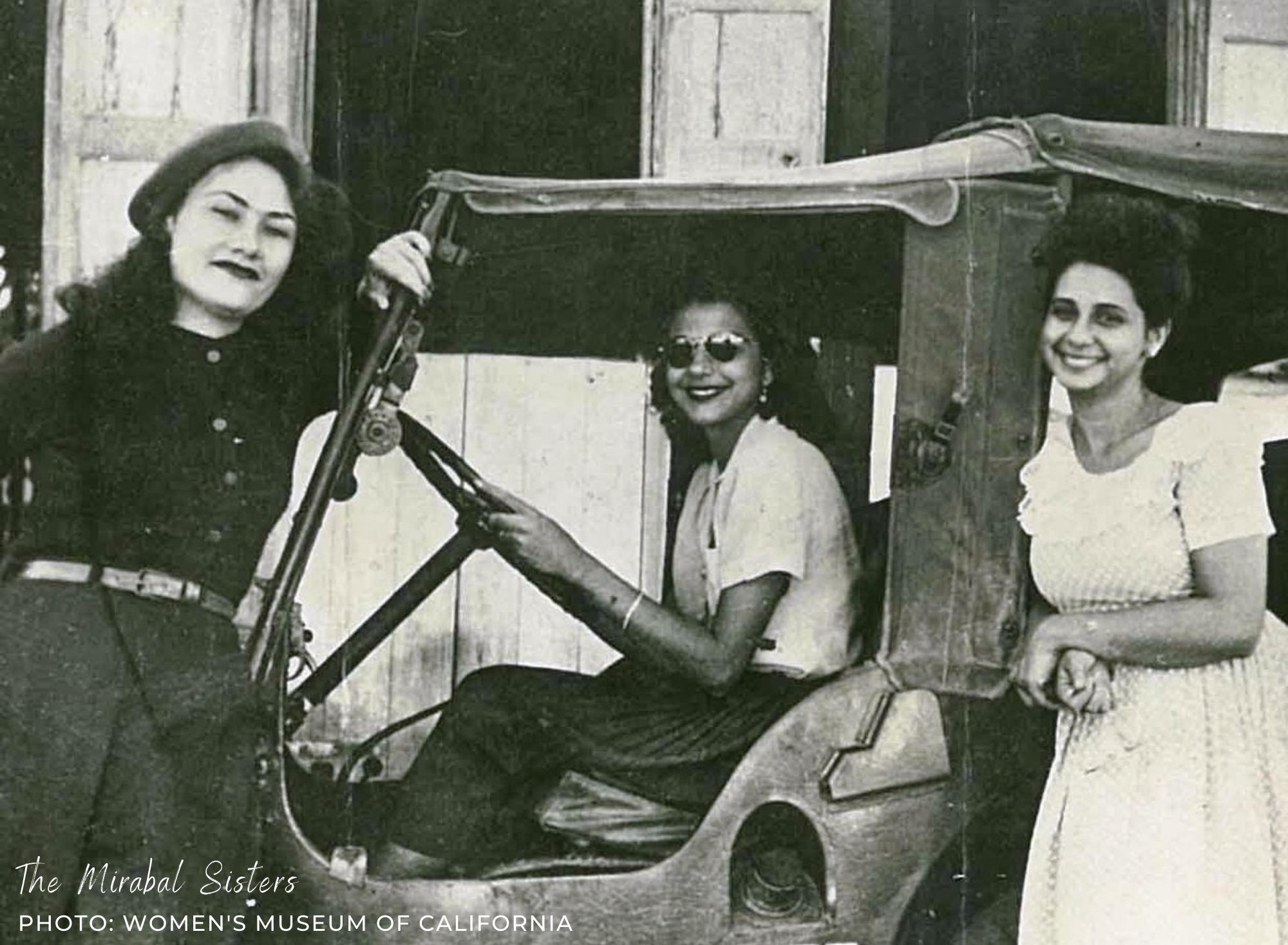This weekend I read two poignant and timely articles. Both stressed the urgency of not just talking about feminism and equality, but also ensuring equity in these conversations by addressing the double bind that women of colour face when it comes to accessing positions of leadership.
My position as a privileged, white woman who leads an institution where, in the past, most students and staff have been like me, puts me in a compromised position to write this. However, as the title suggests, we must address issues in order to ensure work is done to improve them.
Over the last several weeks, the media has frequently discussed the challenges women face in power relationships, as well as women’s lack of access to equal access to pay, positions, and the ‘C-suite’. In particular, the media has addressed women in tech who are challenged to rise to the top of organizations as a result of being outnumbered by men. If women do earn their way to leadership, they are often faced with misogynistic environments. There is no question that these are important issues that need addressing.
However, it is evident that another vital- but often unmentioned- part of the problem must be addressed: the double bind that women of colour face when seeking leadership. When teaching the Women In Leadership module through the Canadian Accredited Independent School’s (CAIS) Leadership Institute, I ask the participants to review research by Alice H. Eagly and Jean Lau Chin in their paper entitled Diversity and Leadership in a Changing World. As Eagly and Chin articulate in their article, “Despite the growing diversity among leaders, the still present underrepresentation of women and of racial and ethnic minorities in leadership roles demands an explanation.”
The two articles I read highlighted that institutions including St. Clement’s must ensure understanding and support of equity, inclusion, and diversity.
Barbara Lee’s article in Essence magazine, Black Girl Magic Deserves a Seat at the Tech World Table is a call to action and reminder of the work required to ensure inclusivity. As Lee says, “It is not enough to pay lip service to the ideal of inclusion.”
Hadiya Roderique’s powerful article entitled “Who Belongs on Bay Street” in the Globe and Mail this weekend clearly articulates the power of belonging. Often we pat ourselves on the back as a country or, in our case as an institution, proud of our welcoming environments. As Roderique says, “..The subtle ones [acts of racism] tire you out and wear your sense of belonging. They happen more often, more insidiously. These acts of racism can be more detrimental than blatant racism or sexism.”
As our work with our Diversity Task Force and Student Diversity Committee reminds all of us at St. Clement’s, micro-aggressions – the casual degradation of any marginalized group- contribute to an environment that is not, in fact, inclusive and welcoming for all. We must be knowledgeable, purposeful and committed to ensuring an inclusive environment if we wish for a true sense of belonging. This is not easy. It requires significant effort to make what is all-too-often invisible, visible. Working toward this goal is imperative if we want ALL of our girls and young women equipped and supported to seek whatever role or position they wish.

